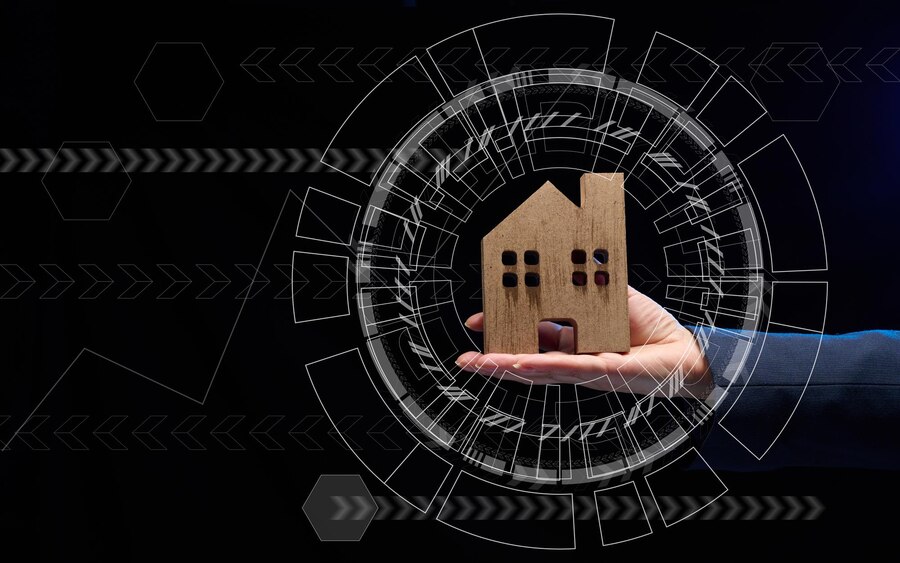The construction industry is undergoing a paradigm shift, driven by innovative technologies aimed at enhancing efficiency, sustainability, and affordability. Among these advancements, one groundbreaking concept has emerged: Hole House Codes. Spearheaded by a team of forward-thinking engineers and architects, Hole House Codes promise to revolutionize construction practices, ushering in a new era of sustainability and efficiency. In this article, we will delve into the intricacies of Hole House Codes, exploring their implications for the construction industry and the broader environment.
Understanding Hole House Codes
At its core, Hole House Code’s represent a novel approach to building design and construction. Unlike traditional building codes that focus primarily on structural integrity and safety standards, Hole House Codes introduce a holistic framework that integrates sustainability principles into every stage of the building process. The concept derives its name from the idea of creating “holes” within structures to optimize energy efficiency, natural light utilization, and ventilation.
The Key Principles of Hole House Codes
Energy Efficiency: One of the central tenets of Hole House Codes is maximizing energy efficiency through strategic design choices. This includes optimizing building orientation, incorporating high-performance insulation materials, and utilizing renewable energy sources such as solar panels and geothermal heating systems.
Natural Ventilation and Daylighting: By strategically incorporating openings and apertures throughout the building, Hole House Codes facilitate natural ventilation and daylighting, reducing the reliance on artificial lighting and mechanical ventilation systems. This not only reduces energy consumption but also enhances occupant comfort and well-being.
Material Sustainability: Another critical aspect of Hole House Codes is the emphasis on sustainable building materials. From recycled steel and concrete to locally sourced timber and bamboo, Hole House projects prioritize materials with low environmental impact and high durability.
Water Conservation: Water efficiency is also a key consideration within the Hole House framework. Features such as rainwater harvesting systems, low-flow fixtures, and greywater recycling help minimize water consumption and reduce strain on municipal water supplies.
Implementation and Adoption
While the concept of Hole House Codes is still in its infancy, early adopters within the construction industry have already begun incorporating these principles into their projects. Architects and engineers are leveraging advanced modeling software and simulation tools to optimize building designs according to Hole House standards. Additionally, regulatory bodies and industry associations are exploring the integration of Hole House Codes into building regulations and standards, paving the way for widespread adoption.
Benefits of Hole House Codes
Environmental Sustainability: By promoting energy efficiency, resource conservation, and sustainable materials, Hole House Codes contribute to reducing the environmental footprint of buildings. This aligns with global efforts to combat climate change and mitigate the built environment’s impact on ecosystems.
Cost Savings: While upfront costs for Hole House projects may be slightly higher due to investments in energy-efficient technologies and sustainable materials, the long-term savings are substantial. Reduced energy bills, lower maintenance costs, and potential incentives for green building certifications translate into significant financial benefits for building owners and occupants.
Enhanced Comfort and Well-being: Buildings designed according to Hole House Code’s offer superior comfort and indoor air quality, thanks to improved ventilation, natural lighting, and thermal performance. Occupants experience greater satisfaction and productivity, making these buildings more desirable in both residential and commercial markets.
Resilience and Adaptability: The adaptability of Hole House designs allows for greater resilience to changing environmental conditions, such as temperature fluctuations and extreme weather events. This flexibility future-proofs buildings, ensuring their longevity and relevance in a dynamic built environment.
Challenges and Considerations
While Hole House Code’s hold immense promise for the construction industry, several challenges must be addressed to facilitate widespread adoption. These include:
Education and Training: A comprehensive educational effort is needed to familiarize architects, engineers, builders, and regulators with the principles and practices of Hole House construction. Training programs, workshops, and certification courses can help bridge the knowledge gap and empower professionals to embrace sustainable building practices.
Cost Barriers: Initial costs associated with Hole House construction may pose a barrier to entry for some developers and homeowners. However, continued advancements in technology and materials, coupled with supportive policies and incentives, can help overcome these financial challenges over time.
Regulatory Hurdles: Integrating Hole House Code’s into existing building regulations and codes requires collaboration between industry stakeholders, policymakers, and regulatory bodies. Streamlining approval processes and providing clear guidelines can facilitate compliance and accelerate adoption.
Supply Chain Constraints: The availability of sustainable building materials and technologies may vary depending on regional factors and market dynamics. Establishing robust supply chains and fostering innovation in the manufacturing sector are essential to ensure consistent access to these resources.
Conclusion
Hole House Code’s represent a transformative shift in the way buildings are designed, constructed, and operated. By prioritizing sustainability, efficiency, and occupant well-being, this innovative concept has the potential to reshape the construction industry and create a built environment that is both environmentally responsible and economically viable. As stakeholders across the construction ecosystem embrace Hole House principles, we can look forward to a future where buildings not only meet our needs but also contribute to a more sustainable and resilient world.







